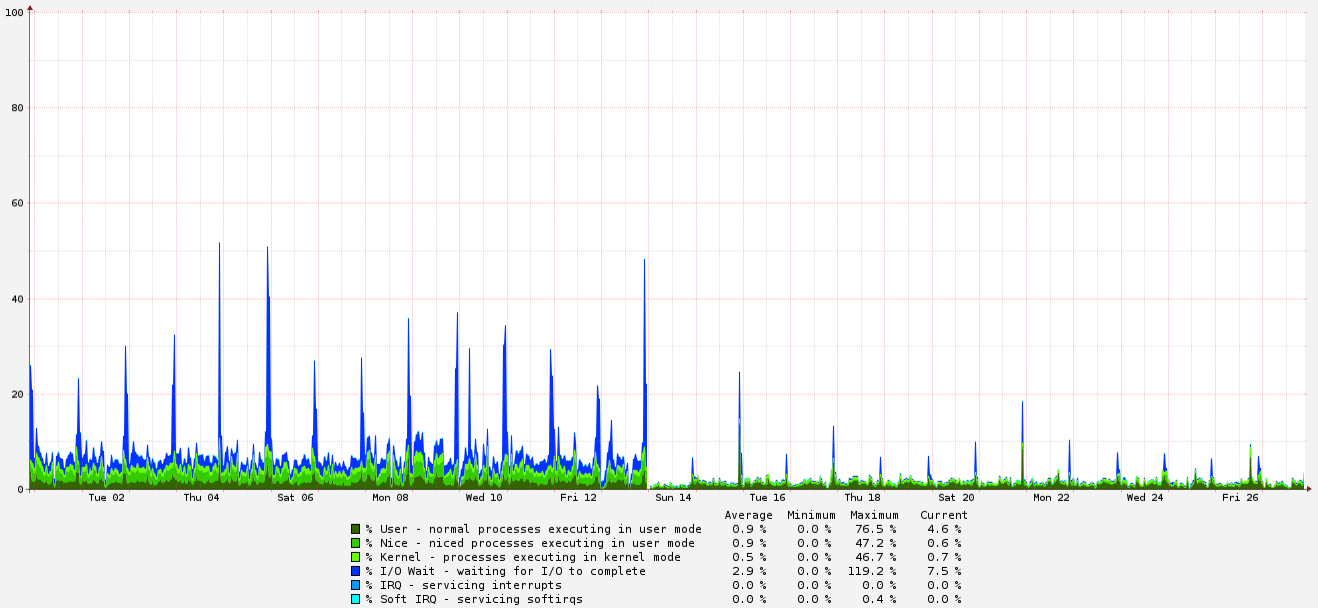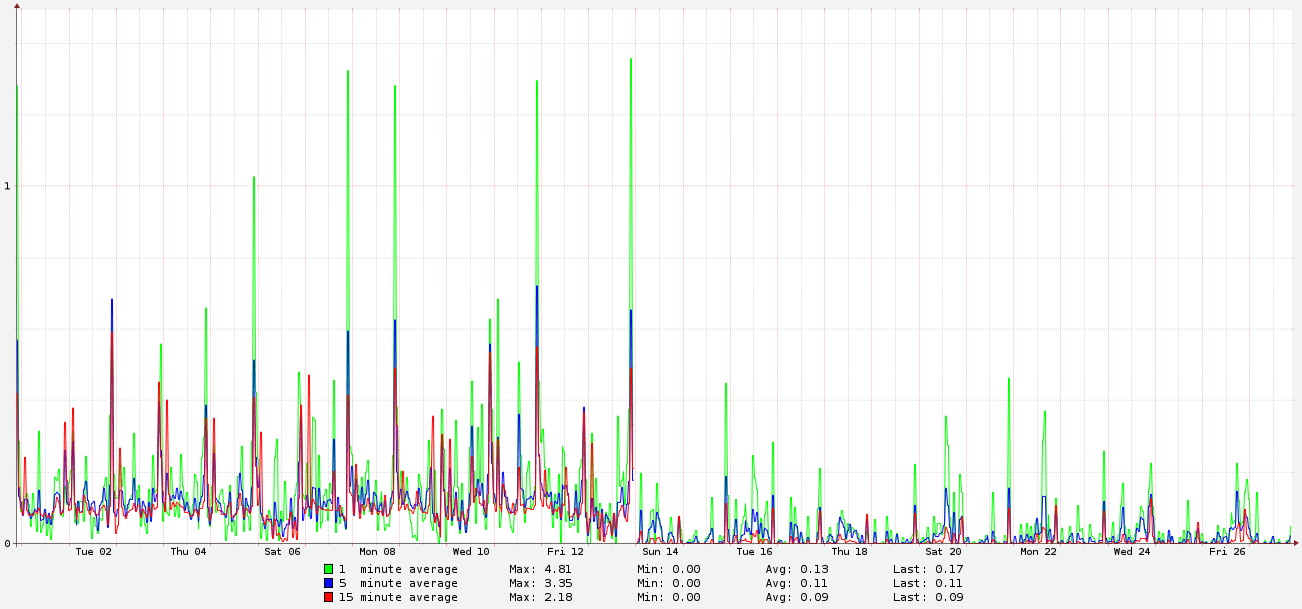Long-time InnoScale customers and industry veterans know and appreciate that Cloud hosting, and the legacy hosting industry that preceded it, is always changing at break-neck speed. It is one of the constants of this industry that forever makes it interesting to work in and pioneer new technologies and services. Hardware that once when purchased was bleeding edge, quickly becomes today’s dinosaur as the pace of innovation races along.
From the hardware-lover side of me, I always want InnoScale to run the fastest hardware that money can buy, for both the wow factor and the competitive edge it gives us. Unfortunately, the fastest hardware usually doesn’t scale linearly in terms of cost with performance. That extra 20% performance may cost you twice as much of your hard-earned money. Therefore, compromises are often required.
In the past year, one of the most exciting developments in Cloud hosting is one that many providers don’t talk a lot about, but is expected to have a major impact upon the industry over the next 5 years. This development is the commoditization of the Solid State Drive (SSD). The steady and consistent drop in price of SSDs has allowed Cloud hosting providers to give the single largest improvement in performance and reliability to their customers in the past 15 years.
Let me explain further what I mean. If you do detailed performance metrics on any busy web server, and really dig into things to see what is using up your resources and what the customers are “waiting” for, it is almost always the storage subsystem. Even in some very beefy servers with complex RAID implementations with dozens of hard drives, you still run into the wall of physics pretty quickly, and that boils down to this one axom: there is a minimum time required to move from one part of a hard disk to another to obtain data for clients. In storage industry terms this referred to as the “seek time” of a hard disk, and it typically is around 4-6 milliseconds for a server-grade hard drive. While that doesn’t sound long at all, those seek times can add up quickly when tens of thousands of customers are accessing random websites on the same server. To counter this problem to some extent, the industry has constructed various “solutions” to speed up customer web sites, almost all of which rely upon some form of caching to store the most commonly accessed webpages, or even parts of webpages, in the server RAM to avoid having to access the hard disks.
Now, with the advent and commoditization of high-performance, and high-reliability SSDs, we can reduce the wait time by 2-4 orders of magnitude when we have to access the storage system of a server. While RAM is still king, we no longer incur gigantic penalties if we have to go to the storage system to access a piece of data that isn’t used very often. A great example of how SSDs can improve customer performance is illustrated in the images below. The first image shows the CPU usage of a server in one of our Clouds running on hard drive storage. The key element in this graphic is in blue, and demonstrates the processing time that the Cloud Server is waiting on the storage subsystem. In the middle of the image you will note a drastic drop in CPU usage, right at the time when we transferred the server to a Cloud that uses SSD storage. No other parameters of the server changed, such as RAM, number and speed of CPU cores, or the hypervisor. The next image demonstrates a corresponding drop in load on the server after the move to a Cloud running SSD Storage.


So what does this mean for customers? It means faster page load times and improved server performance. In a future blog post, I will discuss where I think the datacenter is going and how the adoption of SSDs is just the first step of several major changes coming over the next 10 years.
For these, and many other reasons that I will cover in a future blog post, InnoScale is pushing to be 100% SSD Storage on all our Clouds within the next year. This is just one of the planned upgrades we have up our sleeves to raise the bar for our customers and provide an excellent experience for everyone.
 RT
RT 